Almost 30 years after the first ÁBATON projects, this comprehensive renovation, number 300, is presented as a renewed commitment to sustainability, responsibility, and innovation. Surrounded by the dense forest of Mount Abantos, this home stands over the impressive views of the Monastery of El Escorial.
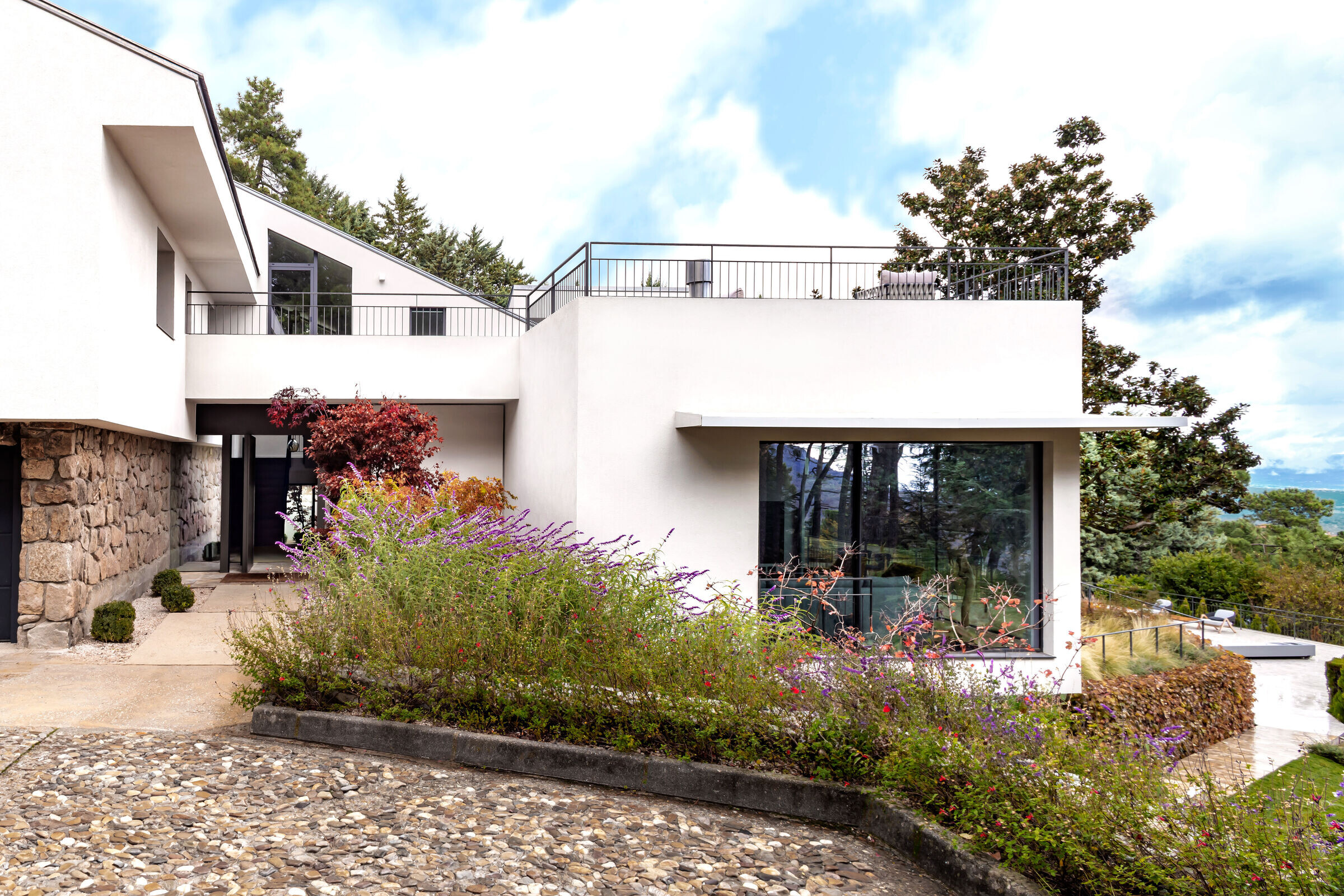
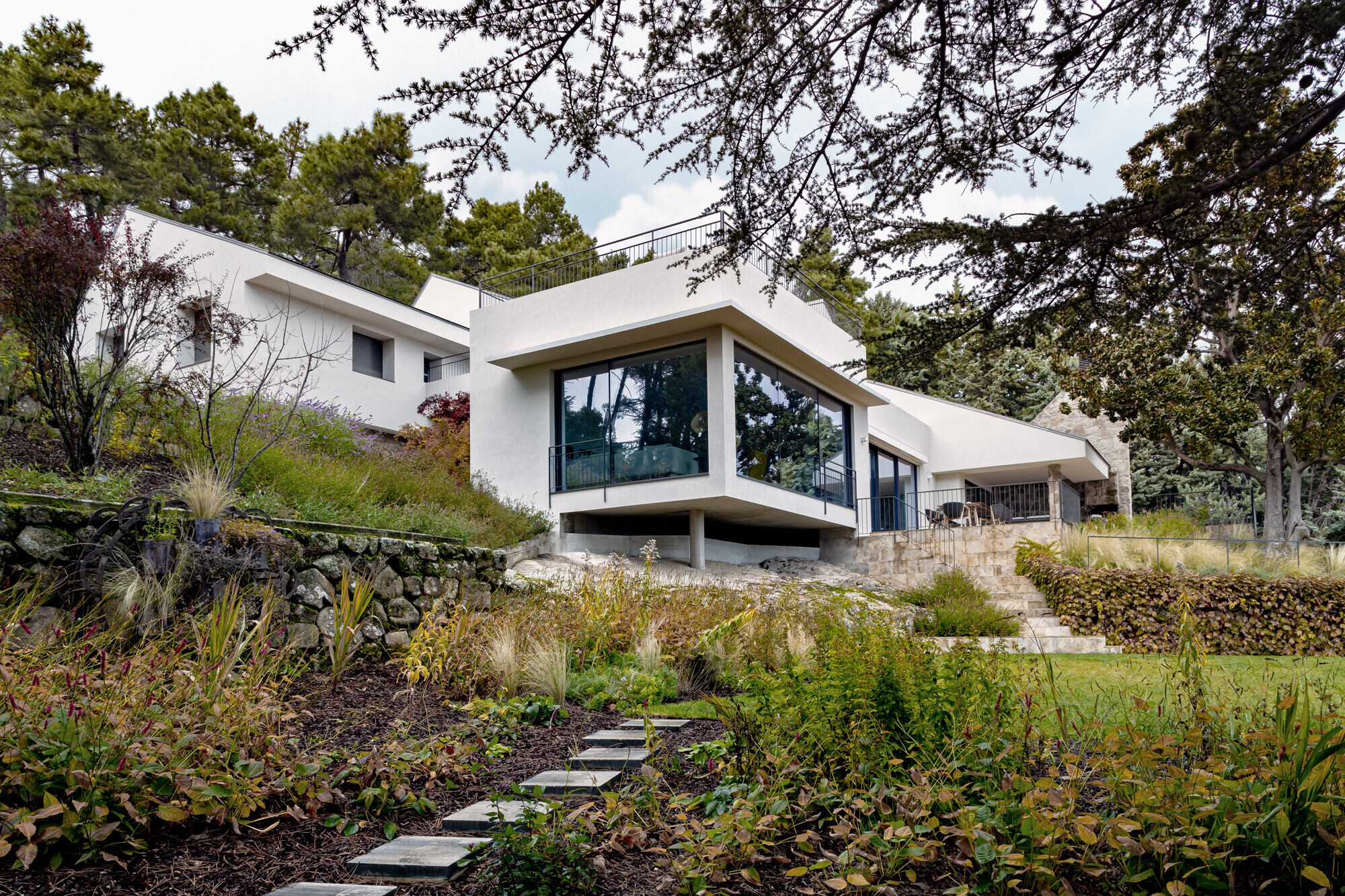
At ÁBATON, we view renovations as a form of respect for existing architecture and territory, minimizing waste from large-scale demolitions and focusing on improving the energy efficiency of the original building. To achieve this, we use the latest technologies and materials that allow us to produce an updated and sustainable result with minimal environmental impact.
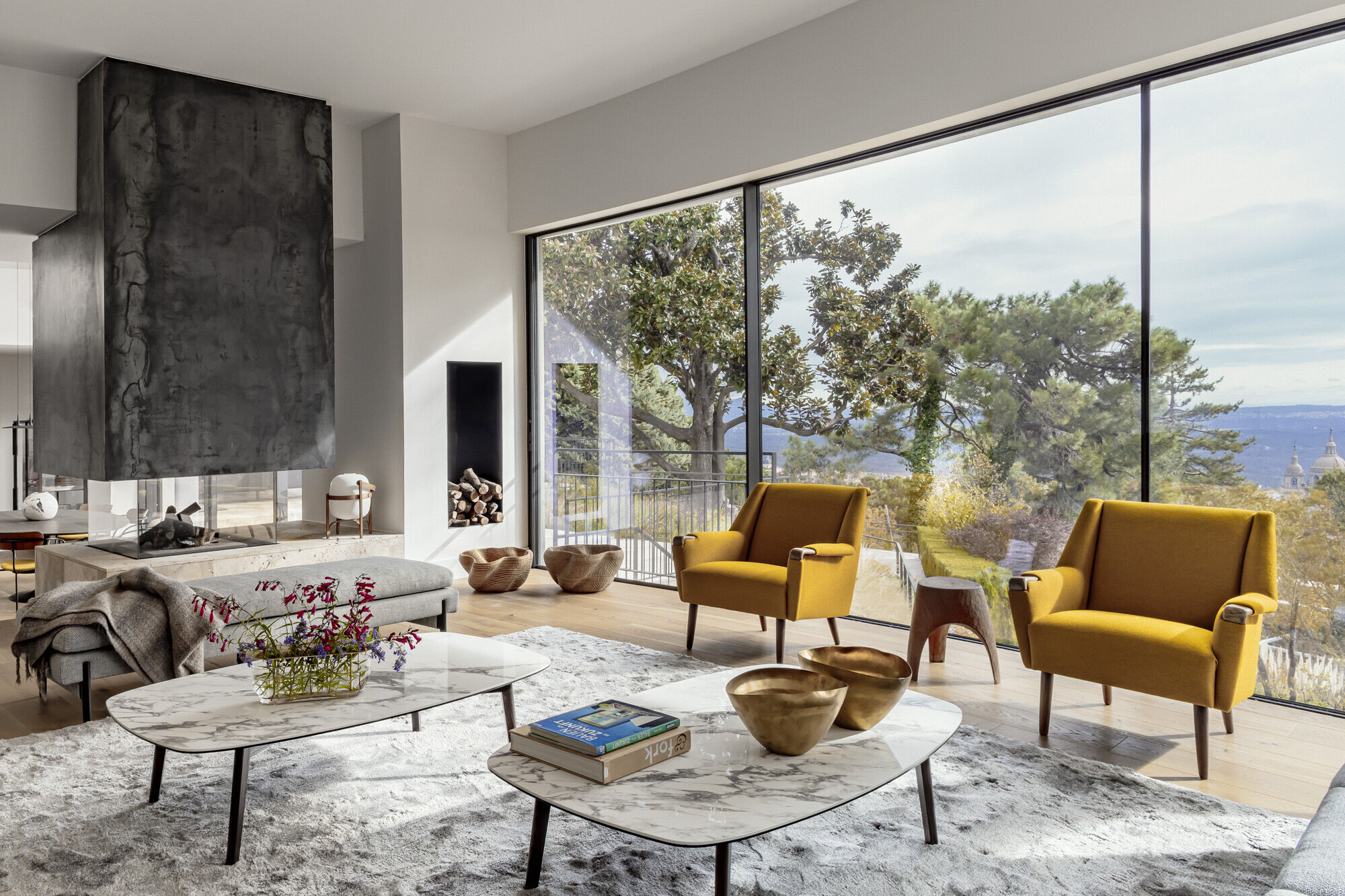
ORIGINAL CONSTRUCTION FACING THE FOREST
The old house, dating from 1976, was designed according to architectural standards very different from today’s. The arrangement of the small windows did not allow the privileged views to be fully utilized, and this, along with the low ceiling heights, resulted in a dark and heavily compartmentalized home.
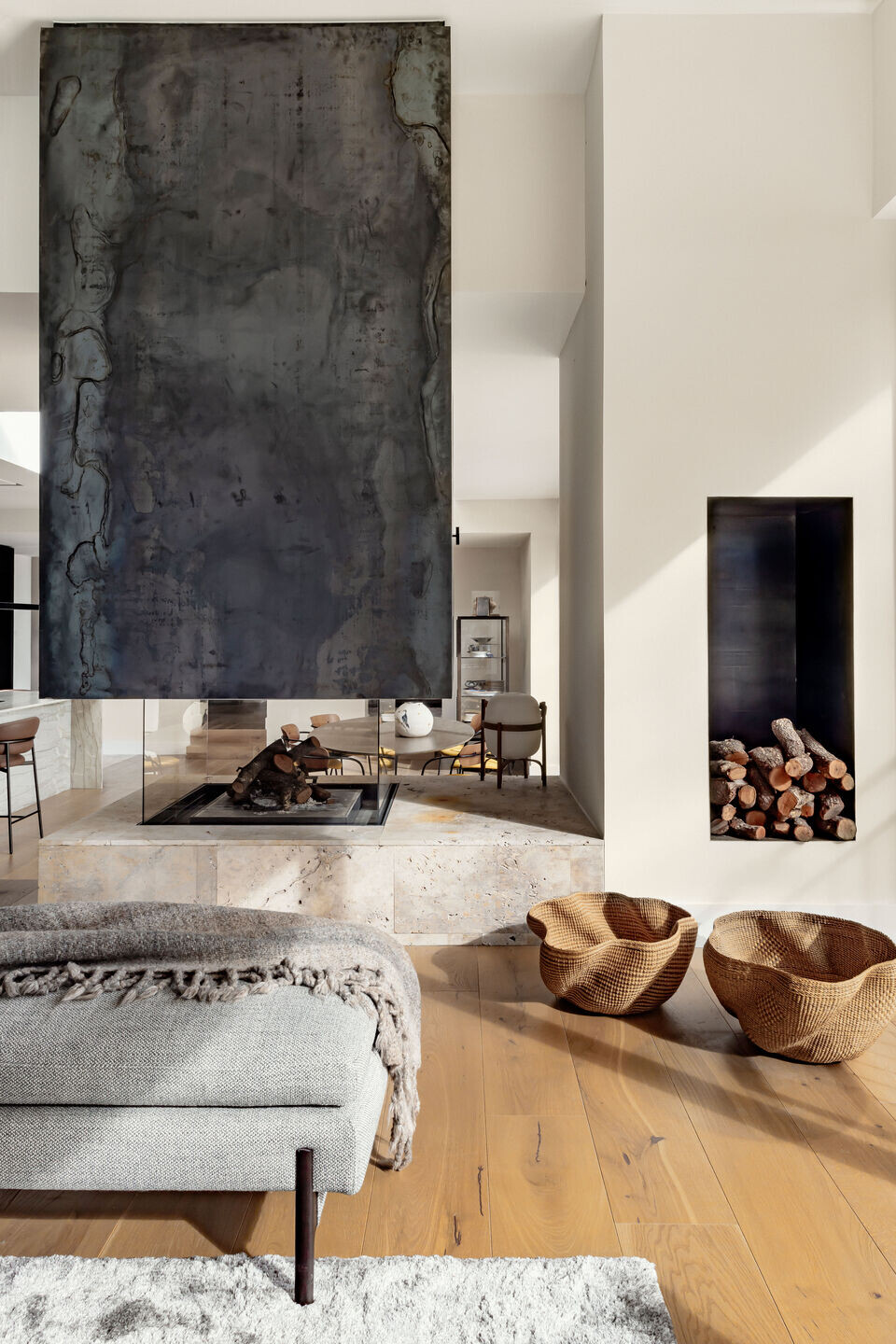
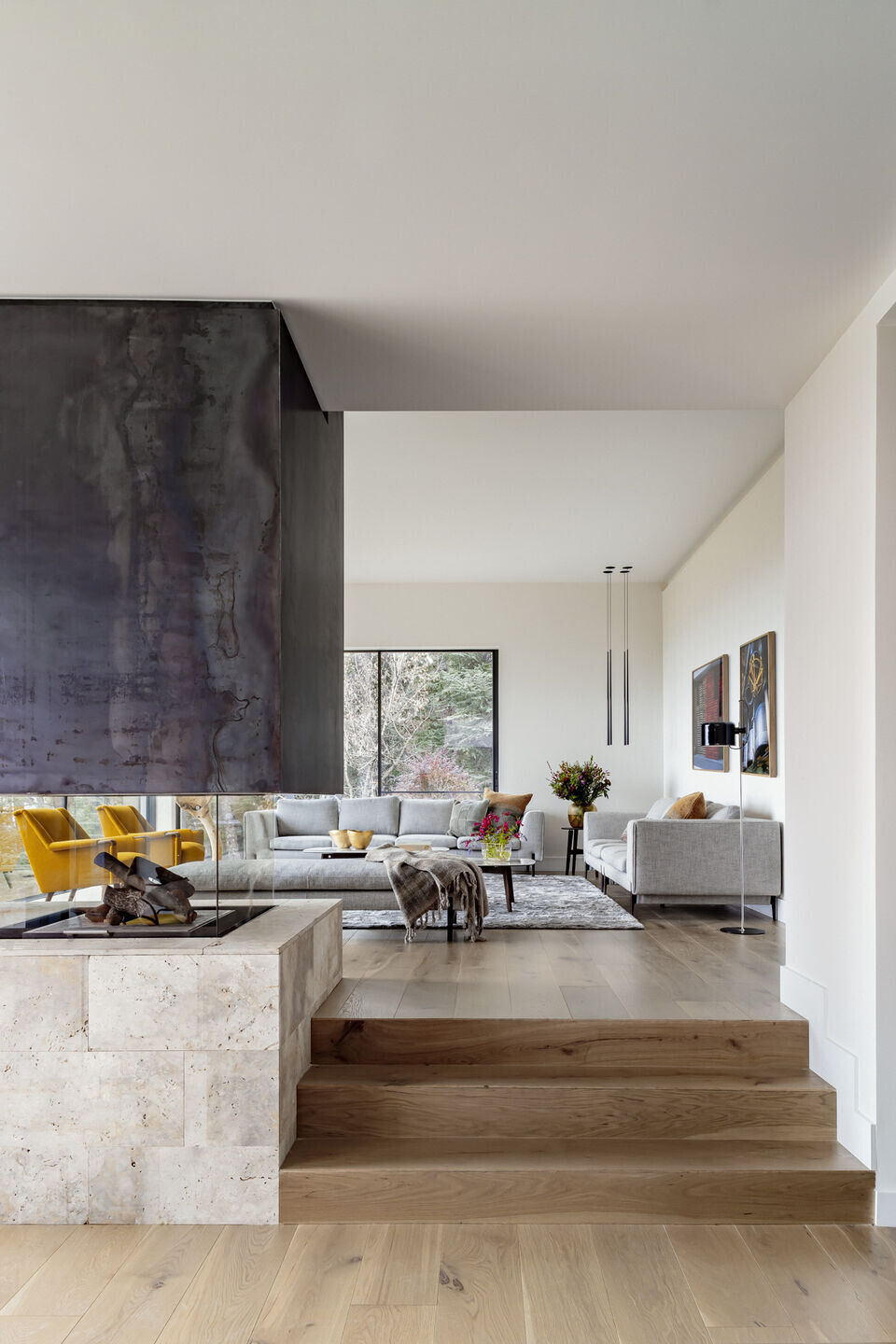
RENOVATION AND ENHANCEMENT
In this renovation in El Escorial, the team sought to highlight the interesting elements of the house and its surroundings, prioritizing the essence and personality inherent to the original space. The preservation of as many elements of the original structure as possible was a key point in the project's sustainable approach. Thanks to this, the impact of the construction was minimized while maintaining the essence and history of the home.
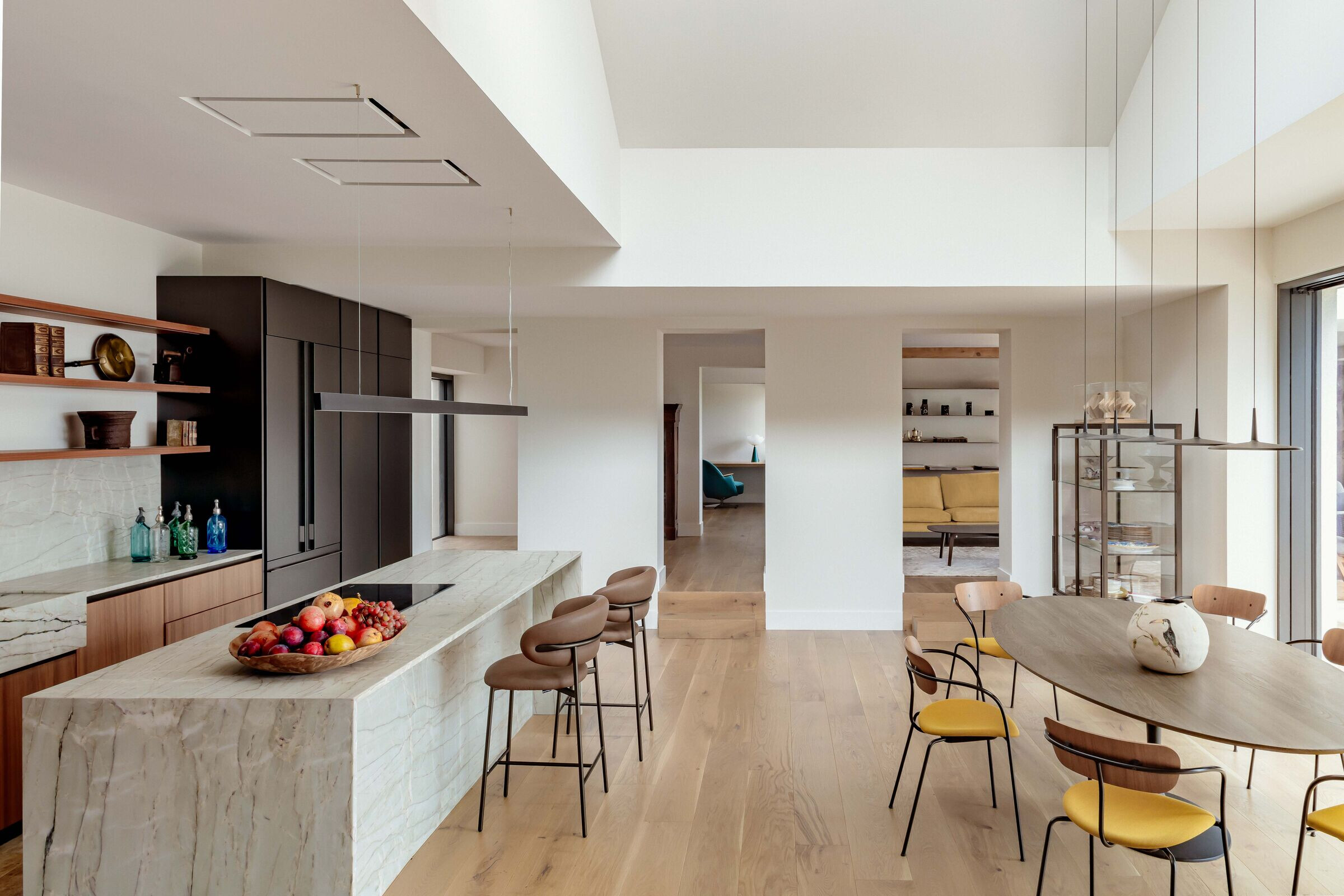
The architectural design aimed to endow the space with qualities that would foster a connection with the environment and light. A new location for the living room was proposed, acting as a central gathering place for the family. Elevated on a large granite rock, its geometry seeks to differentiate itself from the original, creating a coherent contrast. Its privileged position, raised above the ground, ensures the space is enveloped in light and nature through large south and east-facing windows, blurring the boundaries between inside and outside and creating a corner immersed in vegetation with views of the forest horizon.
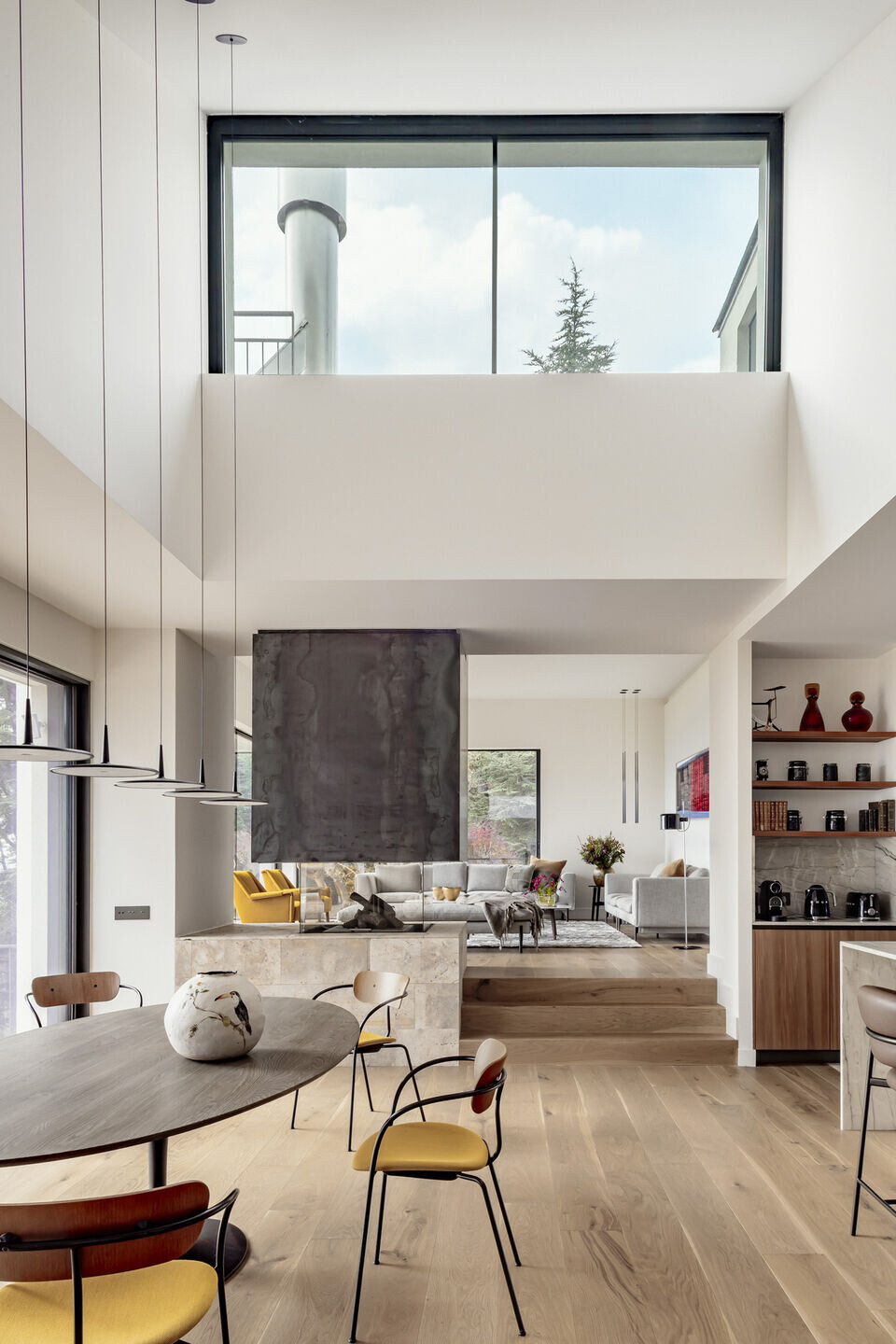
LIGHT, NATURE, AND FAMILY
Connected to the living room, along the east facade, are the kitchen and dining spaces, lounge, and study, creating a large common area for family interaction and living. The kitchen and dining area, separated from the living room by a large steel fireplace, takes advantage of a pre-existing floor slab over which the roof was replaced, achieving greater ceiling height and the addition of a large skylight that allows southern light to enter.
A triple sliding door, which completely hides in the wall, merges this space with the exterior terrace. A large magnolia tree presides over the main elevation of the house and provides shade during the warmer months.
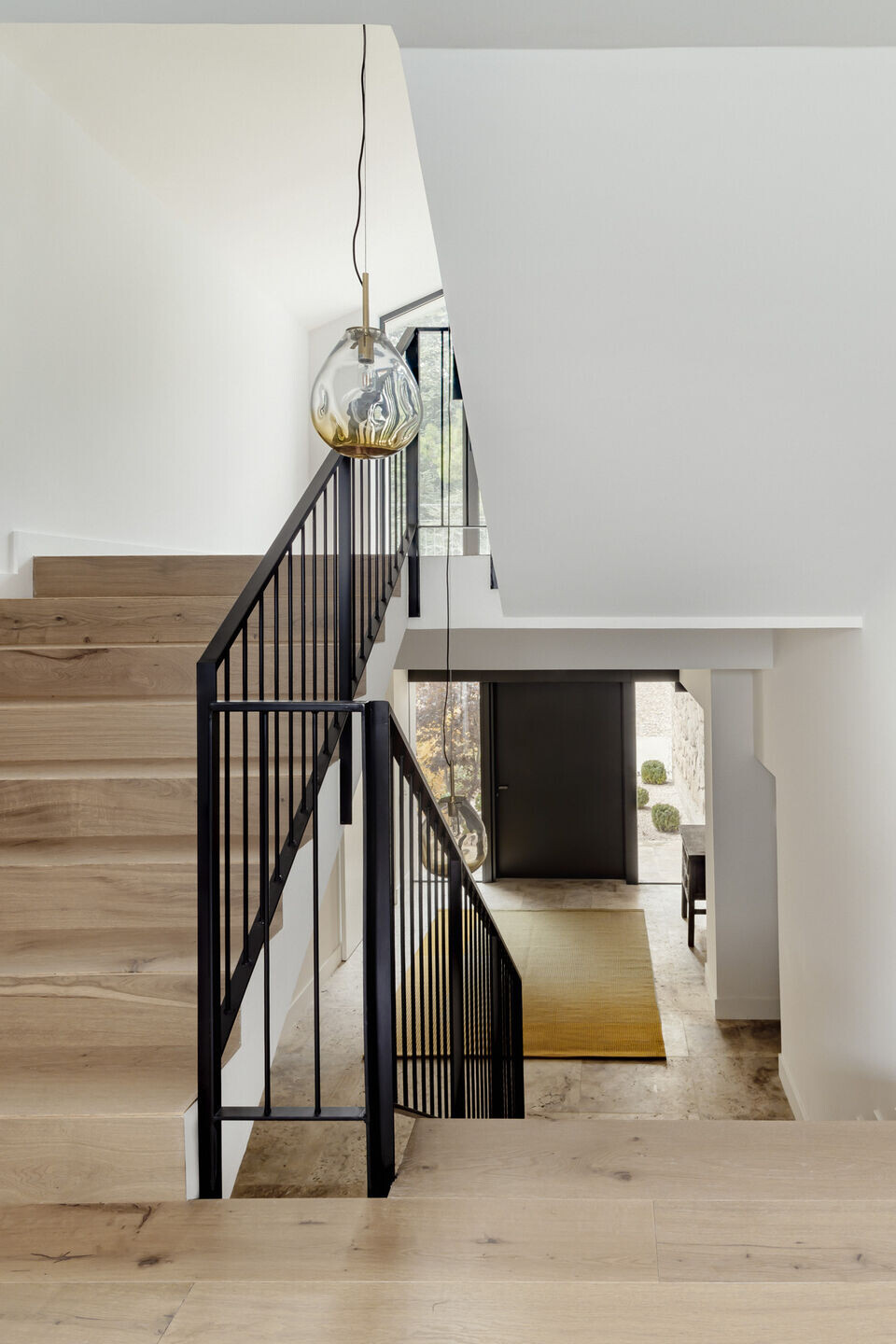
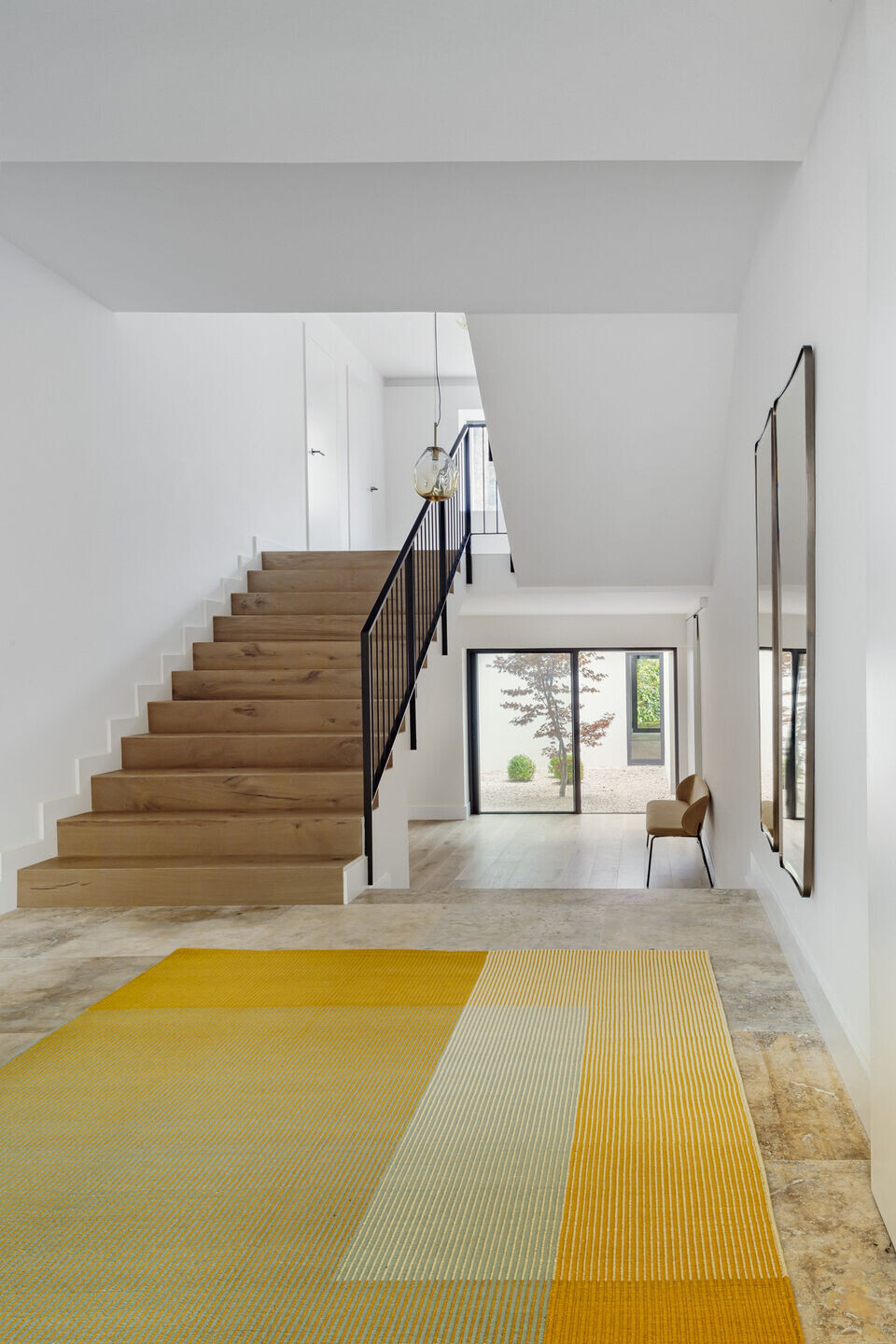
THE ESSENCE OF THE ORIGINAL HOUSE
The preservation of elements from the original structure gave the spaces distinctive sensations, with its former personality still palpable in the final architecture.
The living room, with the ceiling from the previous construction—much lower than the renovated areas—gives the space a more intimate character. Like the dining room, this area extends outward, featuring a porch as a lookout over the plot and the horizon of the capital, where the former character of the home is still visible.
The terraces connect to the pool at a lower level than the house via an exterior staircase that adapts to the existing rock, merging the home with the terrain’s topography.

The main entrance is framed with glass that penetrates the granite of the old facade, serving as a link between what is existing and what is new. A dialogue between the past and present of the home.
Another element highlighted in the renovation was the courtyard, a space that did not stand out in the original project but, thanks to a reconfiguration of the layout and the design of large windows, has been integrated into the home with careful landscaping, becoming a distinctive and personal space that brings nature inside the house.
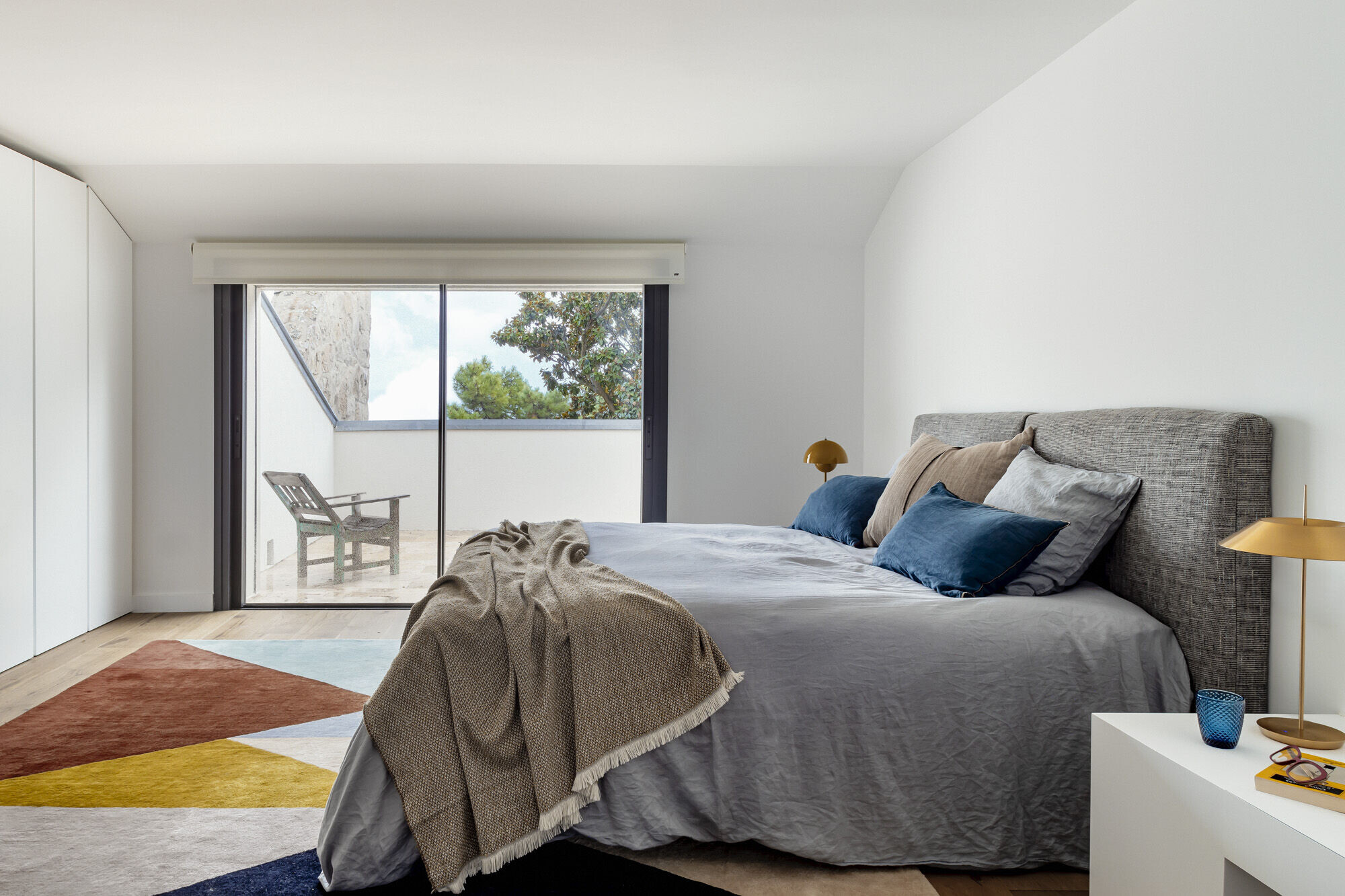
VIEWS TOWARD EL ESCORIAL
On the upper floor of this comprehensive renovation is the master bedroom, with views toward El Escorial. Facing the forest are the other bedrooms and a lounge.
On this floor, windows with southern orientation were added, improving natural light and blending the spaces with the vegetation and exterior views. Access to the living room's roof is available from this floor, where another outdoor living area is created. This spot functions as a vantage point over the surroundings with spectacular views, a place for connection with the environment and reflection.
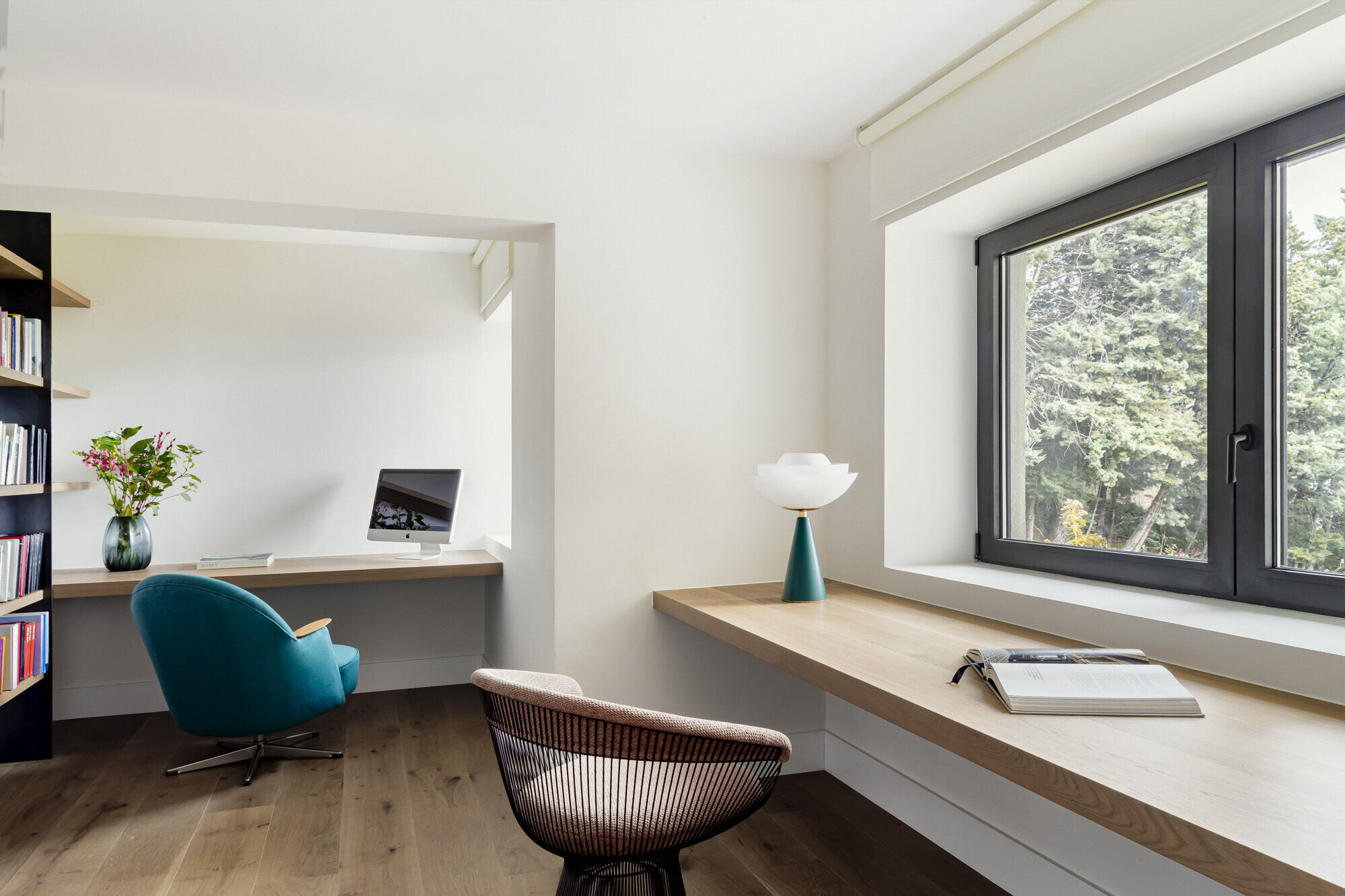
STRUCTURE AND SUSTAINABILITY OF THE RENOVATION
The chosen construction system for the new structure was a timber frame due to its lightness and quick execution, followed by insulating all the facades of the house in search of better energy efficiency.
This was an essential aspect of the approach to this renovation in El Escorial, guiding aspects such as orientation and space distribution, aiming for the most efficient relationship with natural lighting.
Additionally, an aerothermal system was added to ensure the use of natural and renewable energy with maximum efficiency.
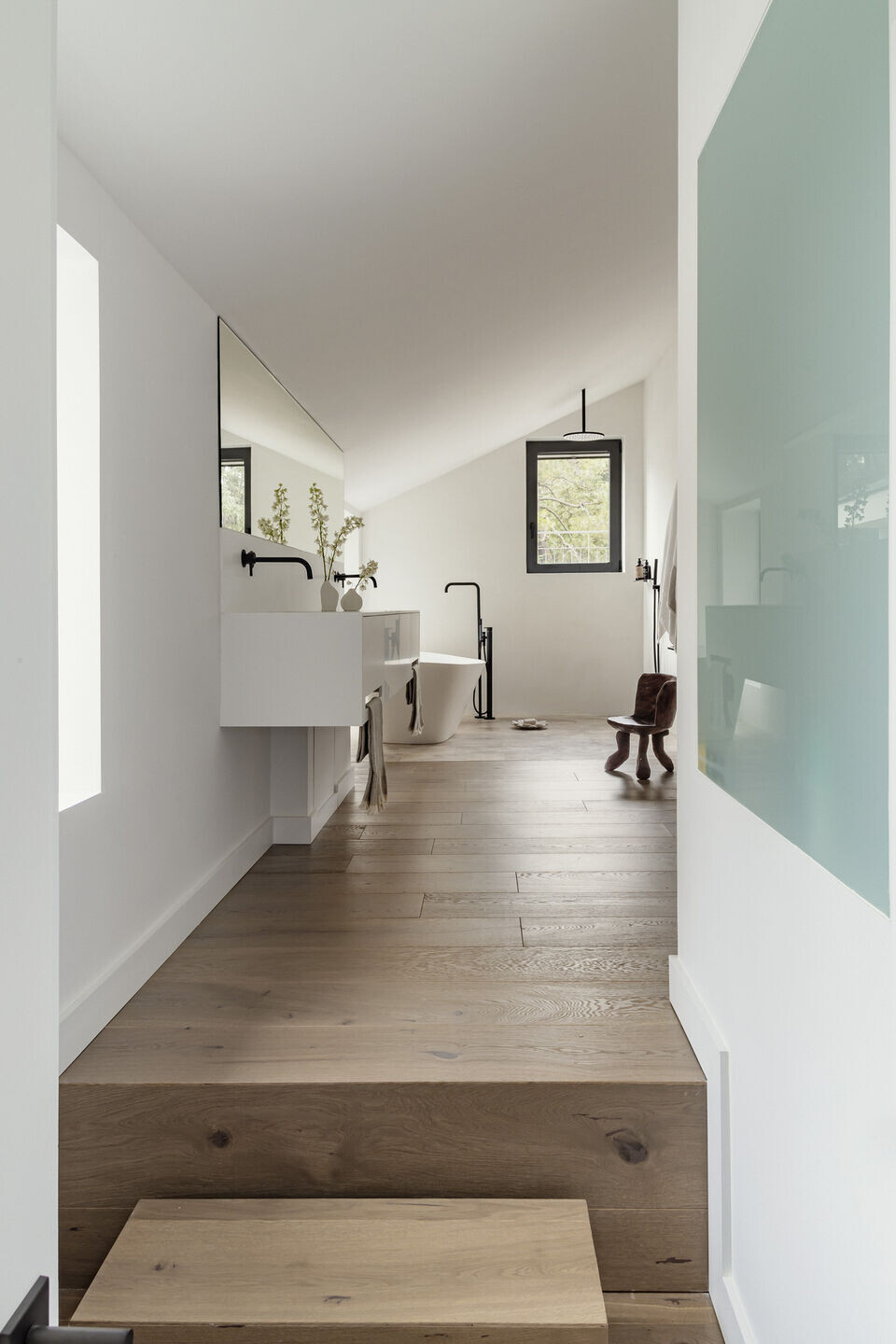
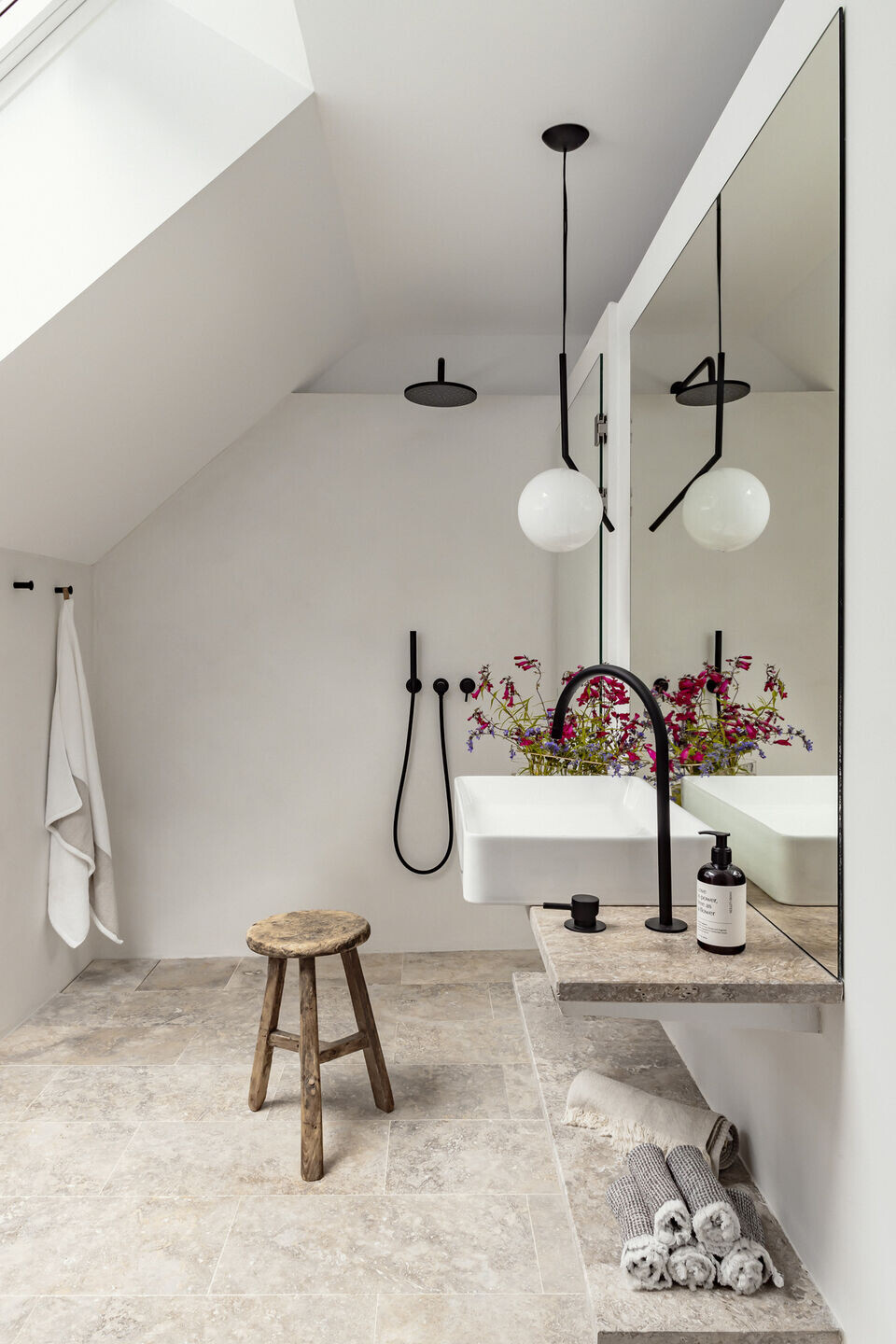
Photography : Belén Imaz












































